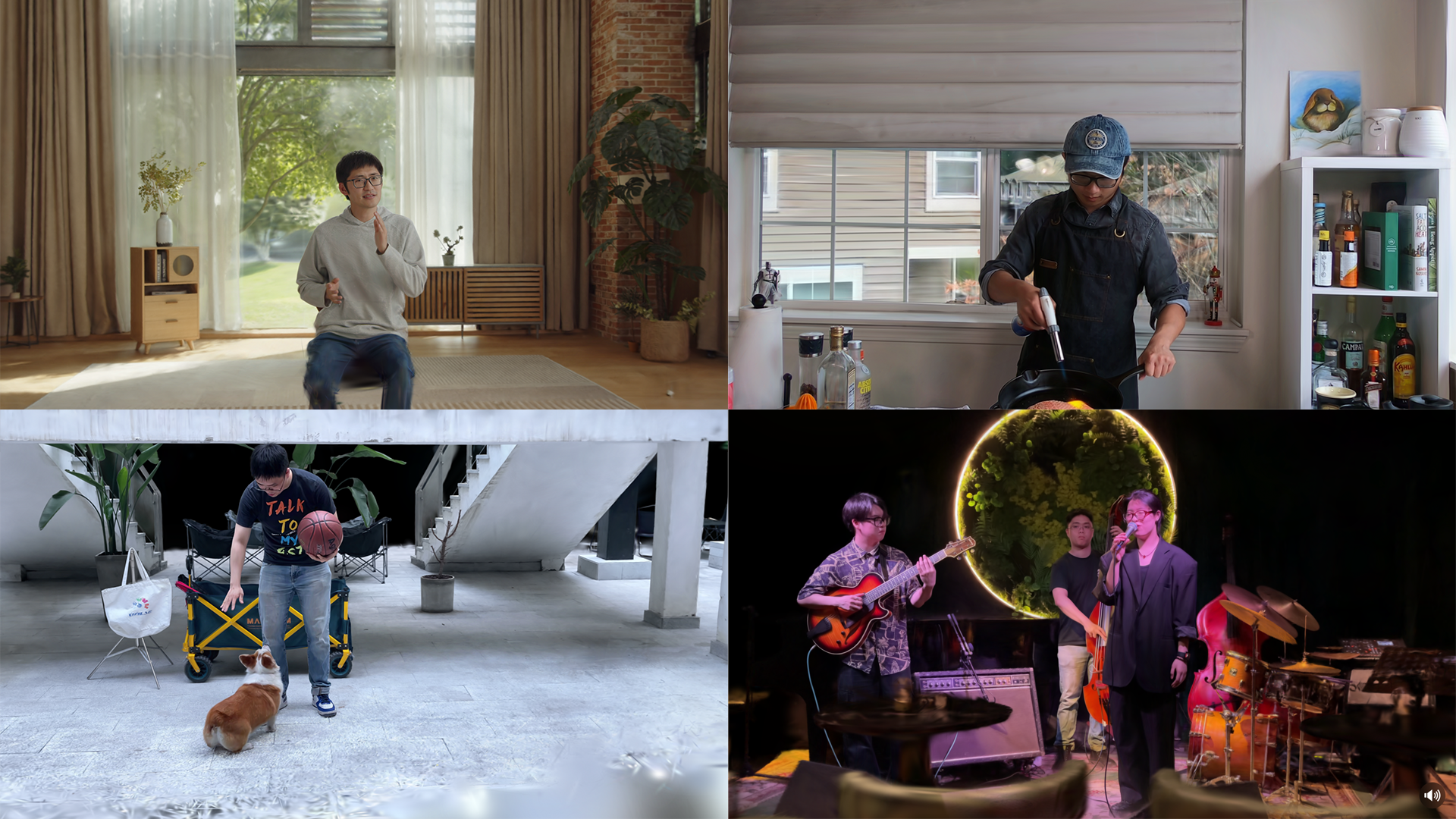AR / VR development tools comparison
Recent Articles
Sort Options:
PlayStation VR2's Eye Tracking Now Works On PC Via Open-Source Driver Mod
The PlayStation VR2 Toolkit, an open-source mod, enhances Sony's SteamVR driver by enabling eye tracking and adaptive triggers on PC. Developers aim to improve features like 10-bit color depth and future OpenXR support, making PSVR2 a cost-effective VR option.

The best VR headsets for 2025
Selecting the ideal VR headset is crucial for immersive gaming and virtual experiences. The guide highlights top models for 2025, emphasizing ergonomics, immersion, and performance, ensuring users find the perfect fit for their needs.

China's 4DV AI Releases WebXR Demo Of Volumetric 6DoF Video Clips
4DV AI has launched a WebXR demo showcasing volumetric 6DoF videos, utilizing advanced gaussian splatting technology. This innovative approach significantly enhances rendering speed and efficiency, allowing users to experience immersive 3D content on various VR headsets.

Beyond gaming: 2024’s biggest XR innovations across industries
In 2024, extended reality (XR) technology is revolutionizing industries by enhancing operations and customer experiences. From automotive design to healthcare, XR is becoming essential for innovation, efficiency, and engagement, with significant market growth anticipated by 2032.

How to add VR support to your Universal Render Pipeline project
Unity's guide outlines essential steps for adding VR support to projects using the Universal Render Pipeline (URP). Key packages like XR Plug-in Management and XRI Toolkit streamline development across platforms, ensuring a seamless experience for developers venturing into VR.